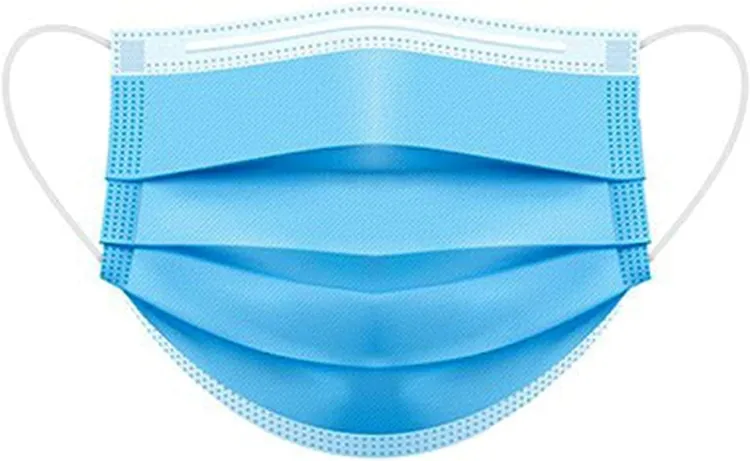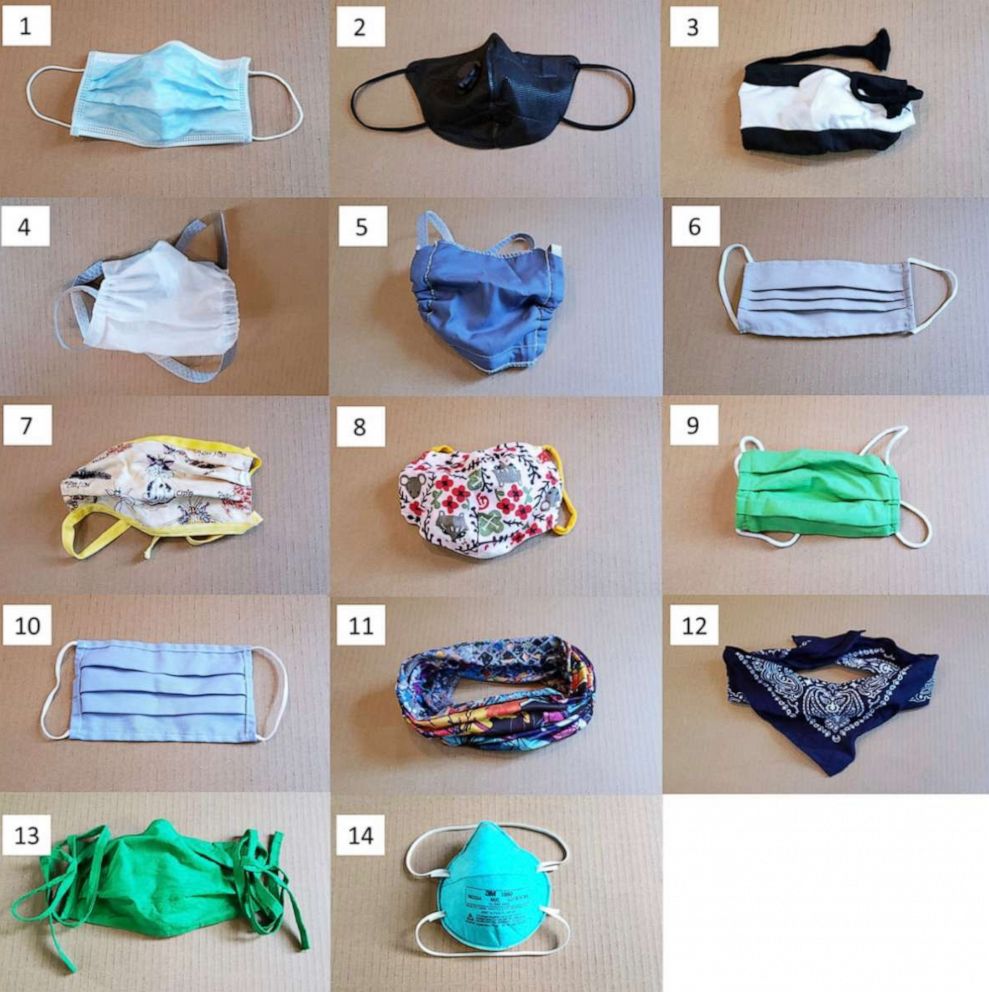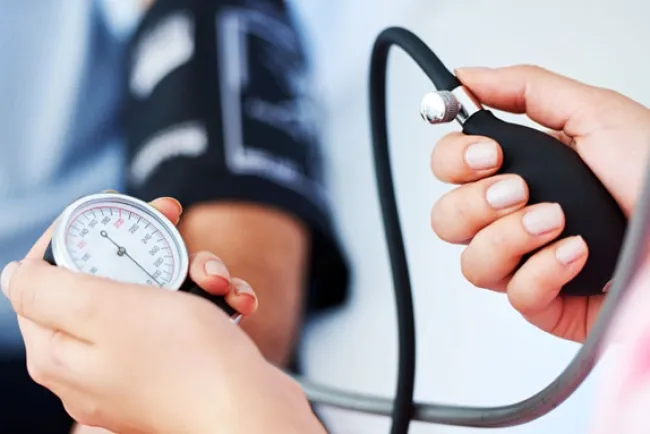Masks: Essential Tools for Public Health and Safety...!!!
Masks play a vital role in preventing the spread of respiratory infections and protecting individuals from airborne particles. Understanding the different types of masks and their uses can help individuals choose the appropriate mask for their needs. Whether it's a surgical mask, N95 respirator, cloth mask, or face shield, each type offers a level of protection and contributes to public health and safety.

Masks have become an essential part of our daily lives, particularly during the COVID-19 pandemic. They serve as a barrier to protect ourselves and others from respiratory infections. Various types of masks exist, each designed for specific purposes and levels of protection.
1. Surgical Masks
-
Description: Also known as medical masks, these are disposable masks commonly used in healthcare settings. They are made of multiple layers of non-woven fabric, with a pleated design to cover the nose and mouth.
-
Purpose: Designed to protect the wearer from large droplets, splashes, and sprays of bodily fluids. They also help prevent the spread of respiratory droplets from the wearer to others.
-
Uses: Commonly used by healthcare professionals during medical procedures, in hospitals, and other clinical settings. They are also used by the general public in crowded places to reduce the risk of infection.
2. N95 Respirators
-
Description: These tight-fitting masks provide a higher level of protection compared to surgical masks. They are made of multiple layers of synthetic material and are designed to achieve a close facial fit.
-
Purpose: These masks filter out at least 95% of airborne particles, including large droplets and smaller aerosols. They are effective against airborne pathogens and provide significant protection to the wearer.
-
Uses: Widely used by healthcare workers, especially during high-risk procedures, and in settings where exposure to airborne particles is high. They are also used in industrial settings to protect against dust and fumes.
3. KN95 Masks
-
Description: KN95 masks are similar to N95 respirators but adhere to Chinese standards for respiratory masks. They also provide a tight seal around the face and are made of multiple layers of synthetic material.
-
Purpose: Like N95 respirators, KN95 masks filter out at least 95% of airborne particles and provide a high level of protection.
-
Uses: Used in various settings, including healthcare, industrial, and by the general public for added protection against airborne particles.

4. Cloth Masks
-
Description: These reusable masks are made from various fabrics, such as cotton. They come in different designs, including pleated, fitted, and with multiple layers for added protection.
-
Purpose: These masks help reduce the spread of respiratory droplets from the wearer to others. While they are not as effective as surgical masks or respirators, they still provide a level of protection.
-
Uses: Commonly used by the general public in everyday settings, such as grocery stores, public transport, and social gatherings. They are washable and can be used multiple times.
5. Face Shields
-
Description: Clear plastic barriers that cover the entire face, from the forehead to the chin. They are typically attached to a headband or helmet.
-
Purpose: Face shields protect against splashes, sprays, and droplets. They provide an additional layer of protection for the eyes, nose, and mouth.
-
Uses: Used in healthcare settings, laboratories, and by individuals who require extra protection. They are often used in conjunction with other masks for added safety.
6. FFP2 and FFP3 Masks
-
Description: FFP (Filtering Face Piece) masks are European standards for respiratory protection. FFP2 masks provide at least 94% filtration efficiency, while FFP3 masks offer at least 99% filtration efficiency.
-
Purpose: These masks protect the wearer from airborne particles and are used in environments with high levels of dust, fumes, and aerosols.
-
Uses: Used in healthcare, construction, and industrial settings where high levels of respiratory protection are required.
Proper Usage and Maintenance
-
Wearing Masks: Ensure a snug fit over the nose and mouth, with no gaps on the sides. Avoid touching the mask while wearing it, and wash hands before and after handling the mask.
-
Cleaning and Disposal: Cloth masks should be washed regularly with soap and water. Disposable masks should be discarded after single use. N95 and KN95 masks should be used according to manufacturer guidelines and disposed of properly.
Masks play a vital role in preventing the spread of respiratory infections and protecting individuals from airborne particles. Understanding the different types of masks and their uses can help individuals choose the appropriate mask for their needs. Whether it's a surgical mask, N95 respirator, cloth mask, or face shield, each type offers a level of protection and contributes to public health and safety.
What's Your Reaction?

















